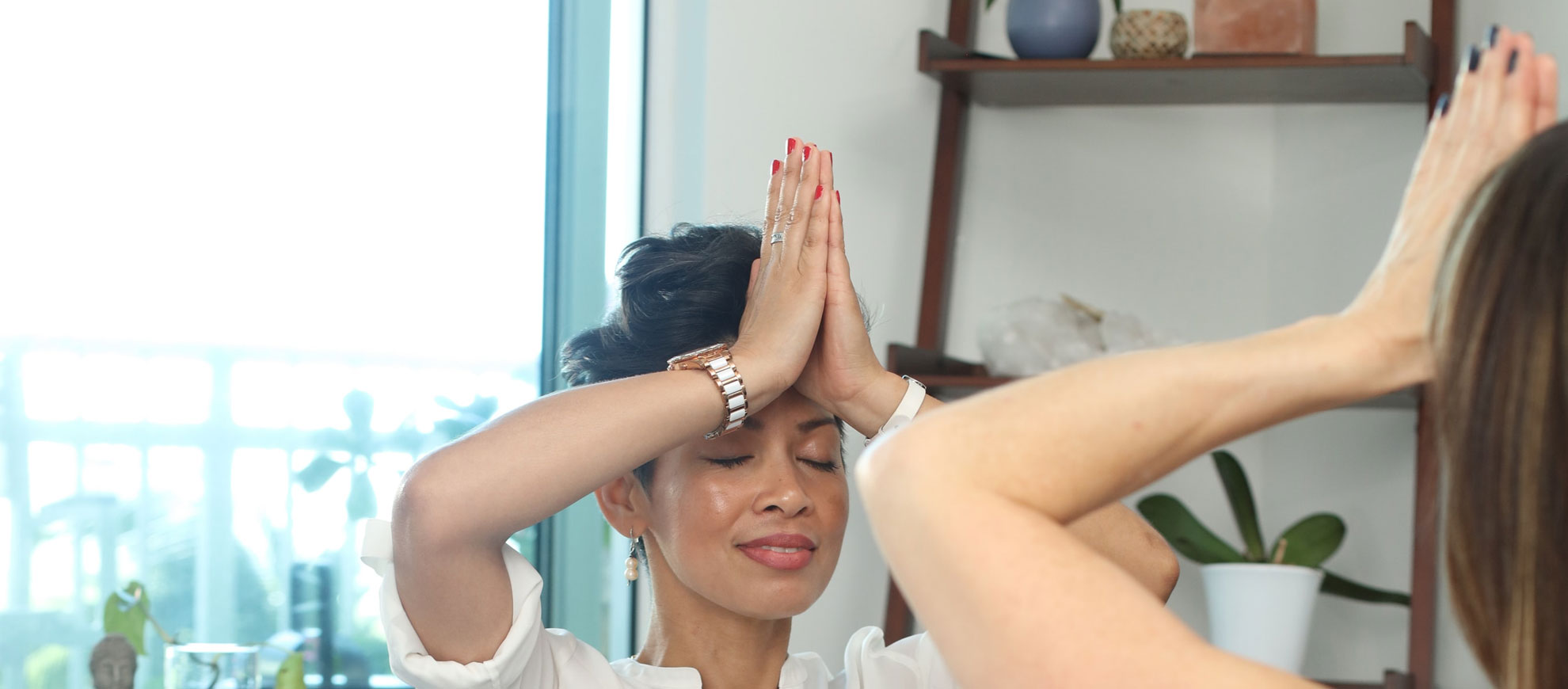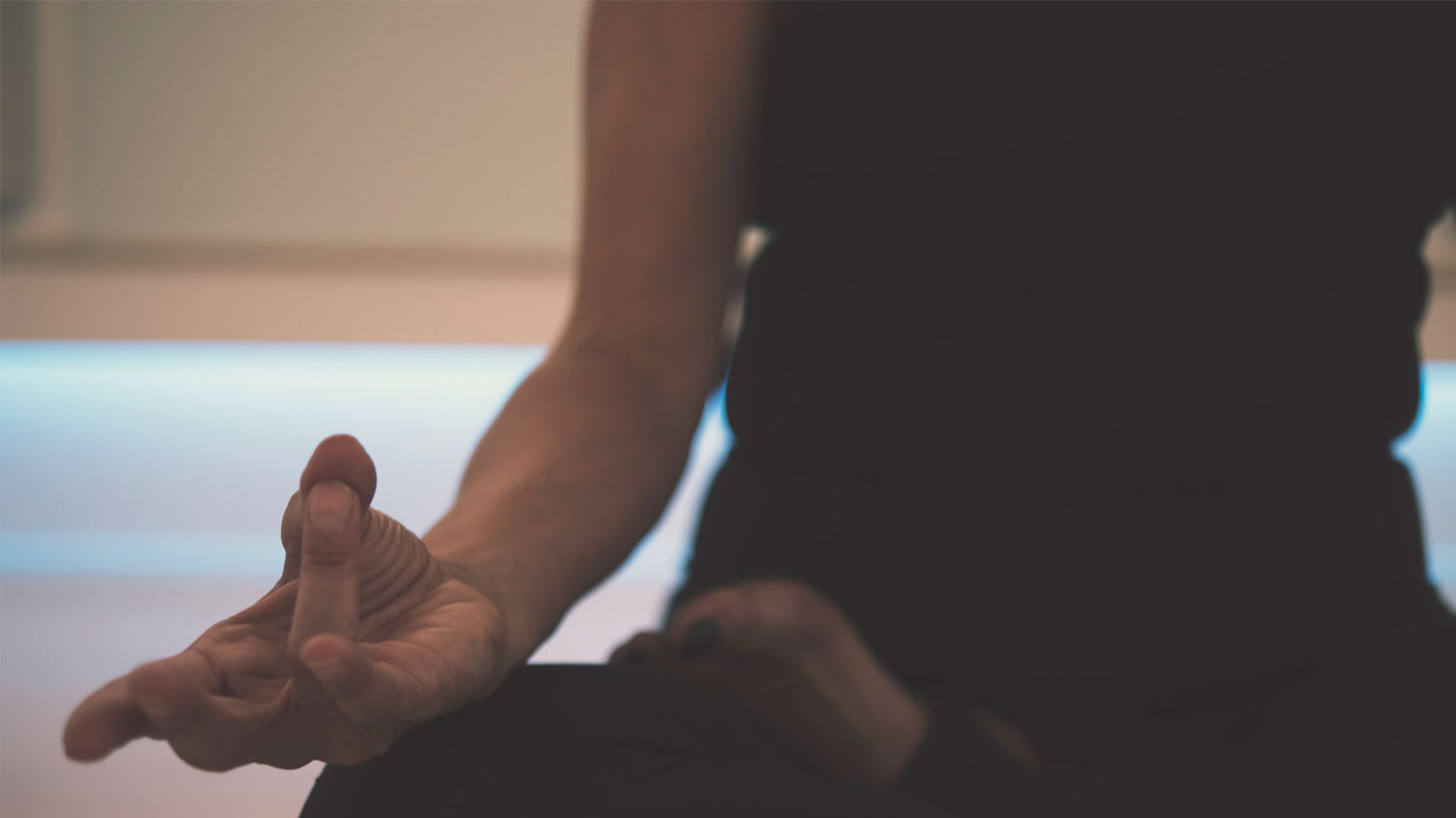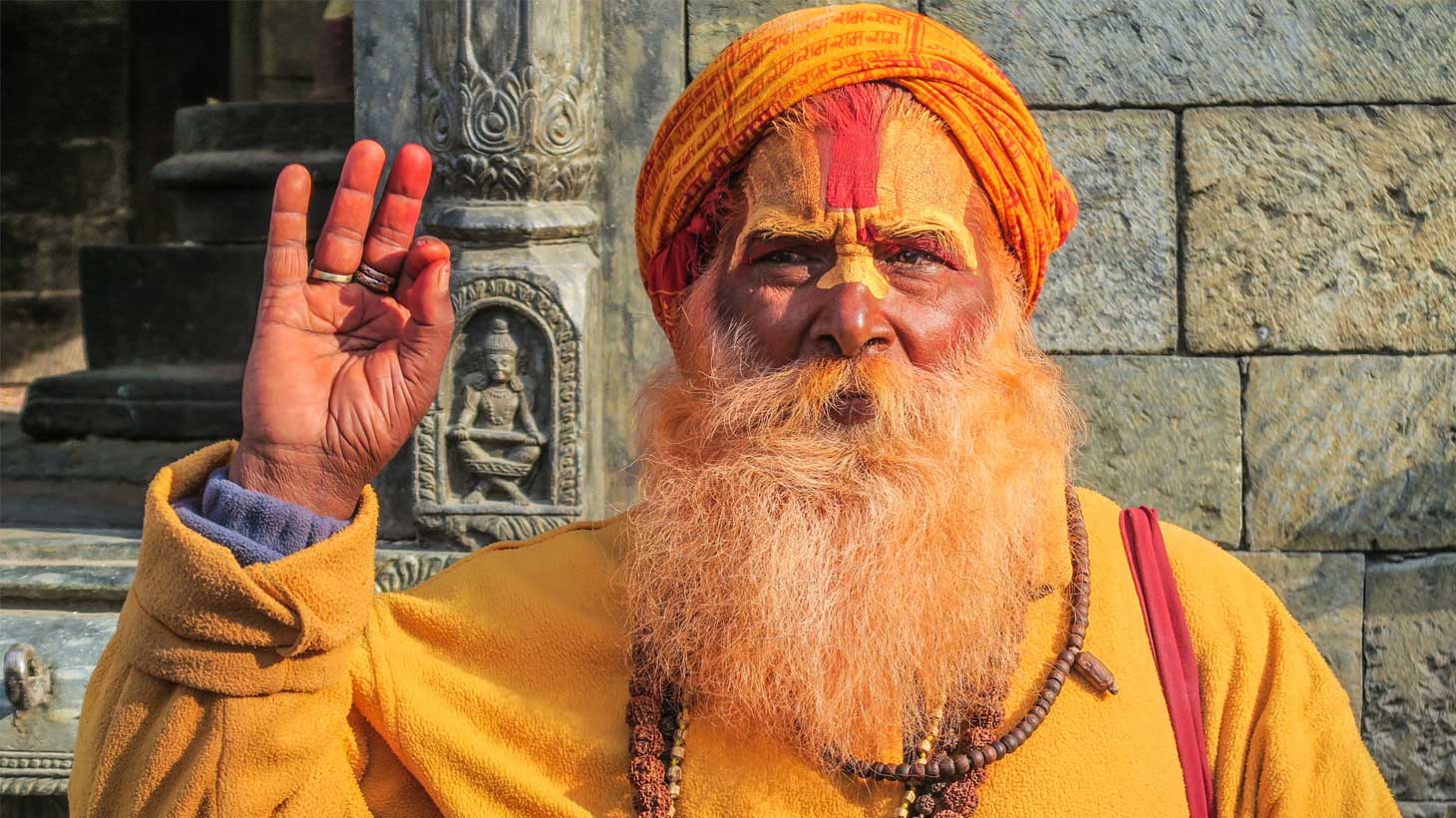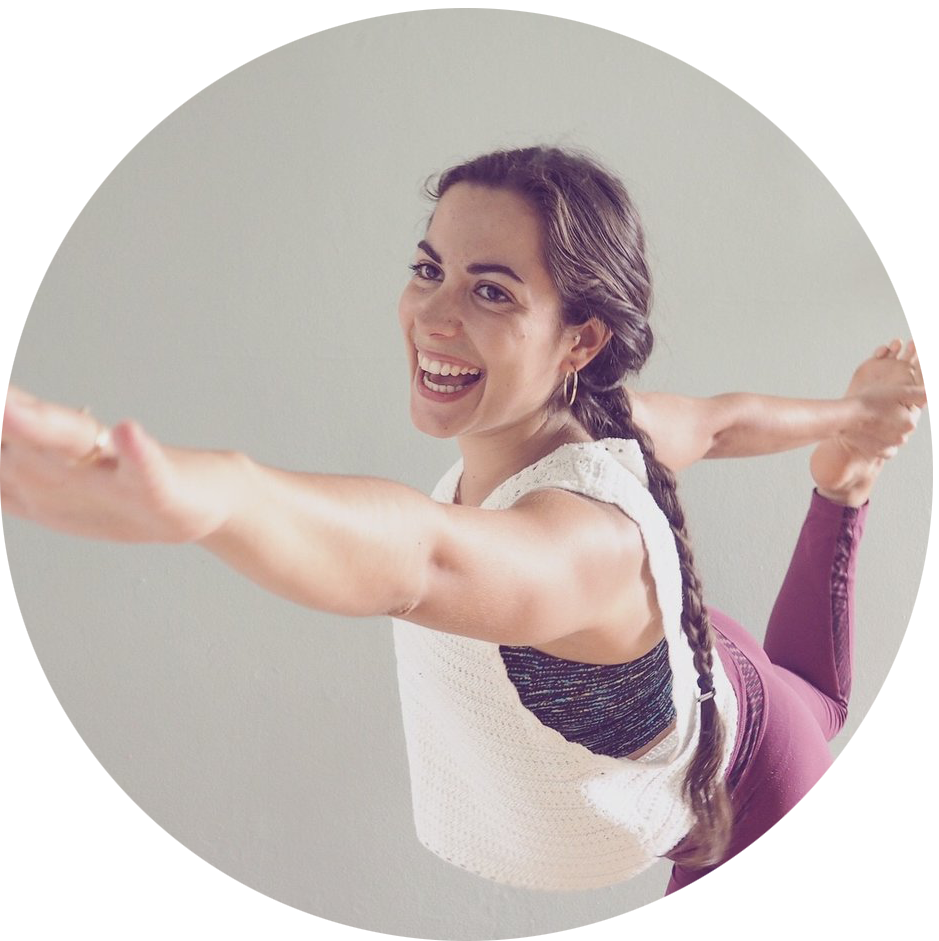
How to Find Your Yoga Teaching Niche
Back when yoga was practiced merely in India, I doubt that anyone talked about teaching niches and ideal client avatar. You just practiced yoga with a teacher and that was it. But today, in our modern, fast-paced world, our needs are different than the ones of our fellow humans back in India, and the people who practice yoga don’t do so for the same reasons.
It allows you to focus, to gain clarity, and to organize your teaching much better than if you’re trying to serve everyone with all kinds of skills.
The reason you might have heard more than once that you should find yourself a teaching niche, or that you need to “niche down”, is because it gives a guiding thread to your teaching practice. It allows you to focus, to gain clarity, and to organize your teaching much better than if you’re trying to serve everyone with all kinds of skills. As I’ll demonstrate with examples in this articles, you’ll see that if we don’t mind “helping everyone”, then we end up helping no one.
When you find your yoga teaching niche, you’ll automatically get the students who want to stick with you because they resonate with you. They’ll be able to be more consistent at their yoga practice because you’ll make things easier for them, and you’ll know how to speak to them and pass on the wonderful practice of yoga
But where do you begin to find your niche? Here are a few tips to help you put your finger on it.

Your unique skills + unique passions + yoga = your yoga niche
To find our niche, we must first understand what a niche really means. The more we repeat the expression doesn’t mean it becomes more meaningful. Easily put, as a yoga teacher, your niche is the lens through which you want to teach your classes and the kind of complementary services you might want to offer. As you see, it includes 3 important elements:
- The practice of yoga, which doesn’t necessarily mean asana. The practice of yoga is filled with angles to explore, like its philosophy, meditation, or pranayama. You don’t have to necessarily teach asana every week or even at a studio to be a yoga teacher.
- Your unique skills, which don’t necessarily have to be obviously linked to yoga. For example, you can have a deep sense of space, a great sense of humor, or a detail-oriented eye.
- Your unique passions, for example your desire to understand biomechanics, a love for video editing, or your deep interest for Sweden.
Let’s put the examples mentioned above:
- Meditation + a detail-oriented eye + an interest for Sweden = taking your students on a detailed discovery of Sweden through the practice of meditation;
- The philosophy of yoga + a sense of humor + love for video editing = funny, educational video content on the ancient philosophy of yoga;
- Asana + deep sense of space + interest in biomechanics = a science-based approach to asana that’s easy to understand.
I know this might sound a little weird to imagine, but it’s not as far-fetched as you’d think. Let’s have a look at real-life examples of teachers.

Inspire yourself from your favorite yoga teachers
To understand what a niche is, we can also inspire ourselves from what’s already out there. Here are some of the teachers I know, learn from, and follow, who are using their passions and skills to teach yoga the way they best know how, and to work with the students who truly value their work.
- Ché Dyer is a yoga teacher and graphic designers, and she pairs her creative mind, love for yoga, and background in graphic design to offer a unique perspective on creativity and the practice of yoga. Her teaching is therefore rich, colorful, quirky, and gives the most value to the students who look to work creatively and practice yoga that way, too.
- Dr Yogi Gare is both a yoga teacher and a Doctor of Chiropractic, so he pairs his deep knowledge of the human body and body mechanics and his skill for conveying ideas clearly with the ancient practice of yoga. His sense of humor brings it all together to form a voice and niche that is unique to him and extremely valuable.
- Luvena Rangel is an Indian yoga teacher with an interest in anatomy and deep sense of justice and ethics. She advocates for a yoga that is anatomically sound but also that includes people of all backgrounds, shape, size, color, and more. The way she teaches yoga both on and off the mat encourages students who might not look like the Western yogi stereotype to feel welcome, to have the tools to stand up for themselves as yogis, and to think beyond the established norm.
There are so many wonderful teachers out there who give meaning to the practice of yoga not only by teaching it, but by teaching it in a way that touches hearts and minds on a deep level. Their impact is significantly bigger than if they kept their unique passions and skills for themselves and outside their roles as yoga teachers.
Another thing these teachers share is a deep understanding of the struggles, challenges, and problems that arise for their students when it comes to practicing yoga. This is another aspect that’s crucial to making sense of your niche: knowing the needs you can meet once you’ve identified your skills and passions.
Find the problems and struggles you can help with
The more you know and understand the yogis you want to serve, the easier it’s going to be to get to them. Not only will you know what solutions to provide for their problems, but you will connect with them on a human-to-human level (not just teacher-to-student) because you’ll understand their emotional challenges.
Put yourself into your students’ shoes and ask yourself what their frustrations are, what makes them angry, what makes them sad, but also what makes them confident, happy, excited. To give it a bit more depth, let’s have a look at the teachers I mentioned above and the struggles they help their students with:
- Ché Dyer allows her students to make space for creativity and to offer accountability by providing a platform for creativity and yoga. She organizes challenges, offers prompts for creativity, and more. She solves the problem of time and inaction by making it easy to people to sit down and get creative.
- Dr Yogi Gare shares his deep knowledge of the human body with yoga practitioners and teachers alike in a humorous and accessible way. He makes difficult information readily accessible to those who are curious to practice and teach better, but who either don’t have the means, the time, or the right resources to learn more. Like Ché, he facilitates access to the information students most need.
- Luvena Rangel allows students and teachers who might not feel welcome in the current yoga space to still practice and teach without feeling self-conscious about the way they look or sound. She empowers her fellow Indian teachers by giving them a voice and speaking up on the issues and challenges they meet in the way yoga is practiced in our modern world.
What these 3 teachers have in common is that they clearly know what their students are frustrated with and don’t just set out to help them “feel better”. They take one angle and stick with it, therefore truly answering the needs of their students. Of course, not everyone is after what they have to offer, but those who benefit from them truly do.
Final Note: Don’t be afraid to think outside the box
When I first began teaching yoga, I had so many ideas of what I wanted my classes to look like, what I should write about on my website, what I should share on social media, but a part of me was questioning the nature of these ideas. I found myself wondering, but is that even yoga?
There are many ways we can each make yoga more accessible to all, and the best way to do that is to be clear about our strengths and use them for those who need it most.
While the definition of yoga cannot be determined by one yogi only and deserves at least a couple of books (some of which already exist), it is safe to say that one crucial aspect of yoga is intention and focus. When we practice meditation, pranayama, asana, or when we study yoga philosophy, we build concentration. We try to let go of what isn’t useful or relevant, and we come back to the present moment. That’s one goal of asana, after all: to help us build connection with ourselves so we can sit still in meditation.
As the teachers I introduced in this article, there are many ways to build that focus and intention. There are many ways we can each make yoga more accessible to all, and the best way to do that is to be clear about our strengths and use them for those who need it most. Don’t be afraid to list everything you have in you and that could be of help to others, and to apply that to the practice and teaching of yoga.
Let ideas and thoughts come over time, and don’t pressure yourself to find all the answers straight away. Let time be of benefit to you to refine your message, and have fun along the way.






